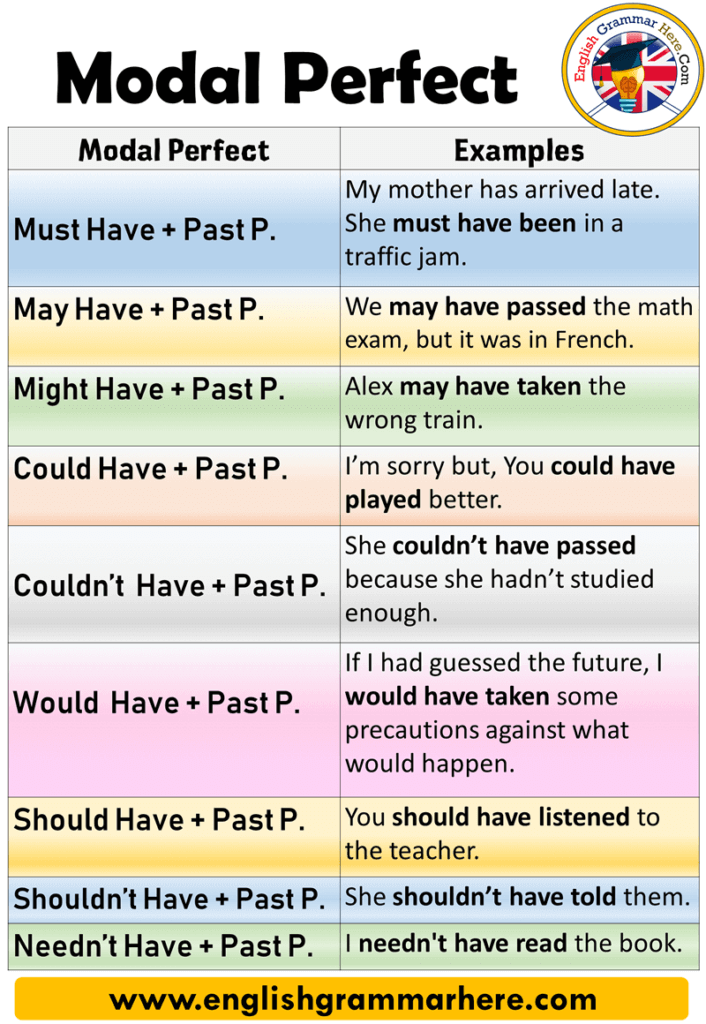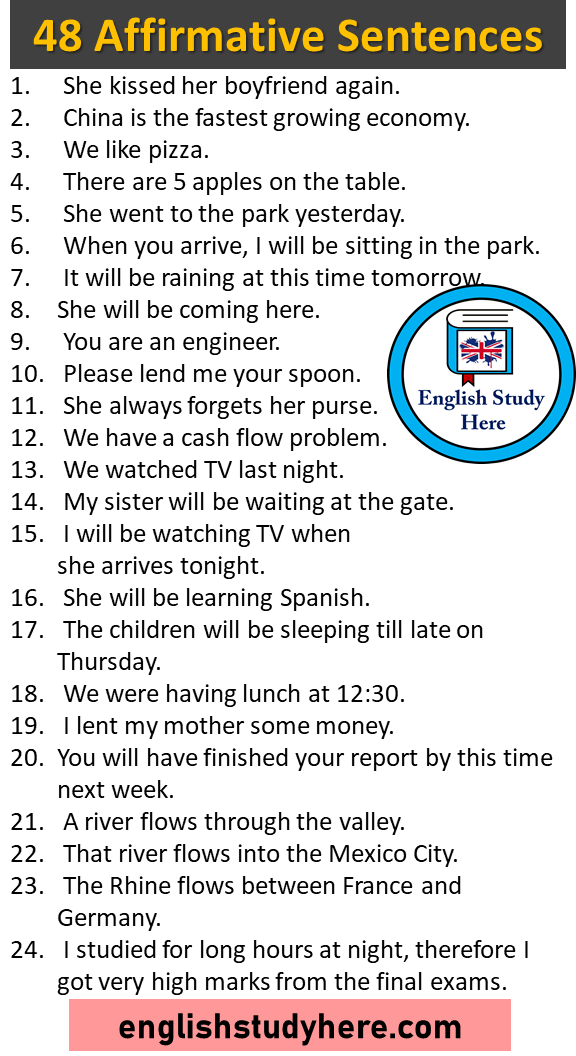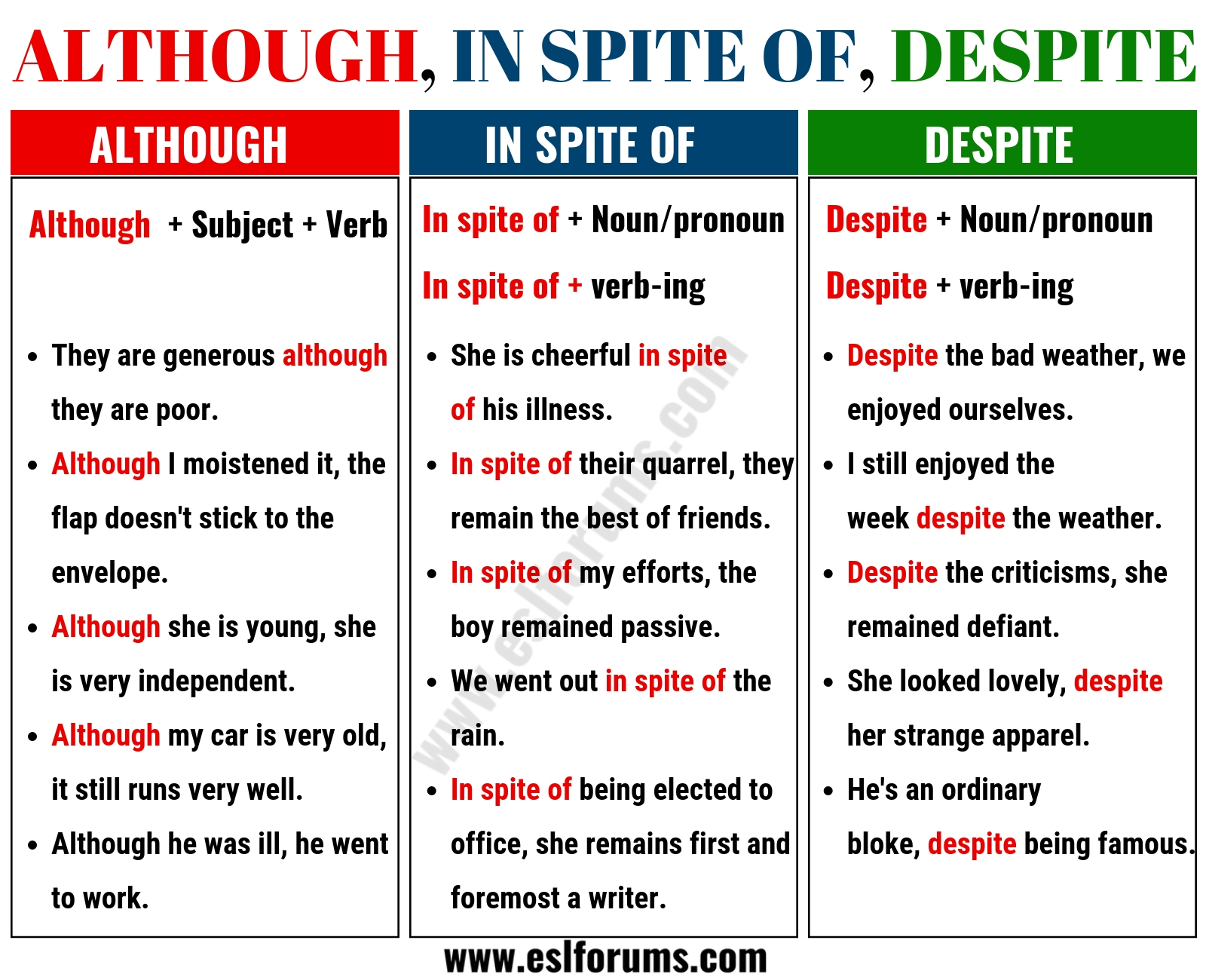On a sheet of paper, write a paragraph on a topic of your choice. Be sure to include a topic sentence, supporting sentences, and a concluding sentence and to use transitional words and phrases to link your ideas together. Mind your commas and semicolons, and don't use any punctuation after "however" when you use it to mean "in whatever manner," "to whatever extent," or "no matter how." Is generally used in reference books or similar works, page numbers are not included after it. The reader is expected to know how to locate this information without further assistance. A comma marks a slight break between different parts of a sentence.
Used properly, commas make the meaning of sentences clear by grouping and separating words, phrases, and clauses. Many people are uncertain about the use of commas, though, and often sprinkle them throughout their writing without knowing the basic rules. Parentheses also signify a break in thought, but they mark an addition of information rather than an interruption like dashes do.
Rather than a surprise , parentheses are a gentler insertion in your sentence. Also like dashes, parentheses should be used sparingly. Too many can break the clarity and flow of your ideas. Another thing to keep in mind is that they are often seen as casual in tone, so make sure they are appropriate for the style of writing you are using.
If not, punctuation marks such as commas are often more academically appropriate. Pick up any newspaper or magazine and read the first sentence of an article. Are you fairly confident that you know what the rest of the article is about? If so, you have likely read the topic sentence.
An effective topic sentence combines a main idea with the writer's personal attitude or opinion. It serves to orient the reader and provides an indication of what will follow in the rest of the paragraph. One answer to this important question may be "long enough"—long enough for you to address your points and explain your main idea. To grab attention or to present succinct supporting ideas, a paragraph can be fairly short and consist of two to three sentences. A paragraph in a complex essay about some abstract point in philosophy or archaeology can be two-thirds of a page or more in length.
As long as the writer maintains close focus on the topic and does not ramble, a long paragraph is acceptable. In general, try to keep the paragraphs longer than one sentence but shorter than two-thirds of a page of double spaced text, or roughly 75 to 200 words in length. In general, if you use e.g., you should provide one or two short examples. More can be used, but only if they are simple and can be expressed in a single word or short phrase. It isn't necessary to use etc. at the end of a list following e.g.; it's understood that there are more examples than those that you've given. You should not list all of the possible examples.
We see them often in text, usually in parentheses, and we can usually figure out the context from the text before them, but what do those letters mean? Both of these abbreviations are commonly used at the beginning of nonrestrictive elements that are enclosed in either commas or parentheses. Most style guides suggest the use of a comma after both e.g. and i.e. Even though it's not wrong to start a sentence with "however," sometimes it's still a good idea to avoid it because a lot of people think it's wrong.
I don't advise starting a sentence with "however" in a cover letter for a job application, for example. You don't want your resume to get dumped because someone thinks you've made a mistake when you really haven't. In your head, think of a way to reword the sentence to make it more interesting by using an action verb. Then look at how each sentence can be revised using an action verb.
Look at the following two passive voice sentences. For each sentence, note the noun in the subject position, the form of the verb "to be," the action verb, and the doer of the action. Imagine a world where all music was in a single monotone, all paintings were the same shade of green, and all dancing consisted of one slow dance step. Writing with only one kind of sentence style would fit nicely into that world.
In truth, music, art, and dance gain much beauty and interest from wide variation. You, as a writer, also have the option to vary your sentence style strategically. This chapter will help you vary sentence lengths and styles and choose when to write in active and passive voice. An em dash—inserted by typing Control+Alt+Minus between the words it separates—signals an abrupt break in thought.
It can be seen as "surprising" the reader with information. If used judiciously it can mark a longer, more dramatic pause and provide more emphasis than a comma can. If overused, it creates an impression of haste and carelessness and can diminish cohesion in your paragraphs. Think carefully before peppering your papers with them. Working in a group of four or five, assign each group member the task of collecting one document each.
These documents might include magazine or newspaper articles, workplace documents, academic essays, chapters from a reference book, film or book reviews, or any other type of writing. As a group, read through each document and discuss the author's purpose for writing. Use the information you have learned in this chapter to decide whether the main purpose is to summarize, analyze, synthesize, or evaluate.
Write a brief report on the purpose of each document, using supporting evidence from the text. The last sentence of this paragraph is the topic sentence. It draws on specific examples and then makes a general statement that draws a conclusion from these examples (animals' senses are better than humans'). In this case, the supporting sentences are placed before the topic sentence and the concluding sentence is the same as the topic sentence. You may find that a particular paragraph you write may be longer than one that will hold your audience's interest.
In such cases, you should divide the paragraph into two or more shorter paragraphs, adding a topic statement or some kind of transitional word or phrase at the start of the new paragraph. Transition words or phrases show the connection between the two ideas. For both students and professionals, clear communication is important. Whether you are typing an email or writing a report or essay, it is your responsibility as the writer to present your thoughts and ideas clearly and precisely. Writing in complete sentences is one way to ensure that you communicate well. This section covers how to recognize and write basic sentence structures and how to avoid some common writing errors.
Although no single sentence in this paragraph states the main idea, the entire paragraph focuses on one concept—that Luella is extremely old. The topic sentence is thus implied rather than stated. This technique is often used in descriptive or narrative writing. Implied topic sentences work well if the writer has a firm idea of what he or she intends to say in the paragraph and sticks to it.
However, a paragraph loses its effectiveness if an implied topic sentence is too subtle or the writer loses focus. Learning how to develop a good topic sentence is the first step toward writing a solid paragraph. Once you have composed your topic sentence, you have a guideline for the rest of the paragraph. To complete the paragraph, a writer must support the topic sentence with additional information and summarize the main point with a concluding sentence. Using the tips on developing effective topic sentences in this section, create a topic sentence on each of the following subjects.
Remember to include a controlling idea as well as a main idea. This topic sentence declares a favourable position for standardizing math and English education. If the purpose of the essay is actually to evaluate education in only one particular province or to discuss math or English education specifically, then the topic sentence is misleading. Material from a source, restate the information from an entire sentence or passage in your own words, using your own original sentence structure.
A paraphrased source differs from a summarized source in that you focus on restating the ideas, not condensing them. Again, it is important to check your paraphrase against the source material to make sure it is both accurate and original. Inexperienced writers sometimes use the thesaurus method of paraphrasing; that is, they simply rewrite the source material, replacing most of the words with synonyms. A true paraphrase restates ideas using the writer's own language and style. All complete sentences have at least one independent clause.
You can identify an independent clause by reading it on its own and looking for the subject and the verb. Like sic, passim is not an abbreviation, but it is included here as a Latin term commonly used to save space in bibliographic entries. Use this abbreviation in informal documents or as shorthand. You may put "i.e." in a sentence if you are writing an email or a letter to a friend, an informal piece of writing for a class, or a quick business note. If you are writing a formal business document or an academic paper, consider using "that is" or "in other words" instead.
How To Use Example In A Sentence Some abbreviations are used to give strength to an idea without taking up too much space or diverting the focus of the readers of your main point. These can be seen in legal papers and scientific dissertations. Two sentences become a sentence, using transitions words or phrases that link sentences and paragraphs together smoothly so that there are no abrupt jumps or breaks between ideas.
Here is a list of some common transition word that can be helpful for writer to use the word to link two sentences. You put a semicolon before other conjunctive adverbs when they connect main clauses too. For example, you'd put a semicolon before the words "consequently," "moreover," "nevertheless," "still," and "therefore" in similar sentences. The simplest definition of a noun is a thing and nouns are the basic building blocks of sentences.
These things can represent a person, animal, place, idea, emotion – almost any thing that you can think of. Dog, Sam, love, phone, Chicago, courage and spaceship are all nouns. The more nouns you know in a language, the better you will be able to communicate your ideas.
Here, we'll take a closer look at what makes a noun a noun, and we'll provide some examples of how nouns are used. Use a semicolon between two independent clauses that are connected by conjunctive adverbs or transitional phrases. Pay attention to material you read over one week. From the things you read, collect at least ten examples of sentences written in passive voice. Take the sentences you collected and rewrite them in the active voice.
Using action verbs without the verb "to be" creates stronger, active voice sentences. Even though the passive voice might include an action verb, the strength of the action verb is lessened by the structure of the sentence. Also, the passive voice tends to create unnecessary wordiness.
Read the following sentences and think of a way to reword each using an action verb in active voice. Then study the suggested revision in each case. Overuse of such verbs results in dull writing. When a foreign phrase becomes part of another language, speakers of that language don't always know exactly how to pronounce it. Or they might have trouble with the foreign pronunciation.
The et of et cetera has a final T sound, but some Americans substitute a K sound. This kind of mispronunciation is called assimilation. If you are aware of it, you can avoid making the same mistake and also recognize the phrase even when you hear it mispronounced. Native speakers also extend the meaning of certain foreign phrases beyond their definition in the original language. Et cetera often appears when someone finds a list tedious or obvious.
They might utter it in a tired tone or say the phrase rapidly. As a group, identify the weakest areas of the paragraph and rewrite them. Focus on the relationship between the topic sentence, supporting sentences, and concluding sentence. Use transitions to illustrate the connection between each sentence in the paragraph.
Create a topic sentence based on the topic you chose, remembering to include both a main idea and a controlling idea. Next, write an alternative topic sentence using the same main idea but a different controlling idea. Each of the following sentences in the paragraph supports the topic sentence by providing further information about a specific reality television show. The final sentence is the concluding sentence.
It reiterates the main point that viewers are bored with reality television shows by using different words from the topic sentence. Although the main idea—marijuana—is the same in all three topic sentences, the controlling idea differs depending on the writer's viewpoint. The foundation of a good paragraph is the topic sentence, which expresses the main idea of the paragraph.
The topic sentence relates to the thesis, or main point, of the essay and guides the reader by signposting what the paragraph is about. All the sentences in the rest of the paragraph should relate to the topic sentence. In his draft, Jorge frequently paraphrased details from sources.

























